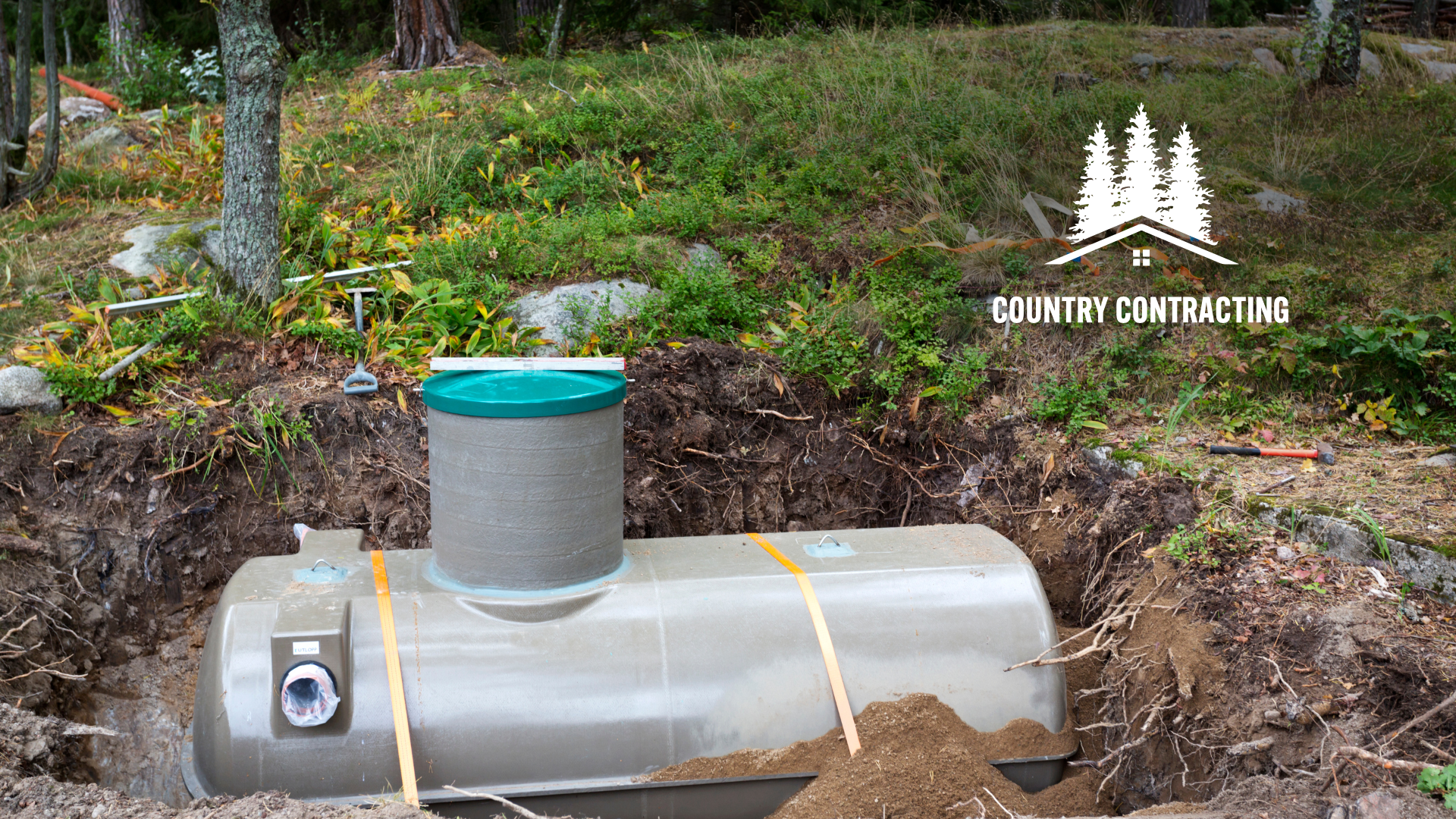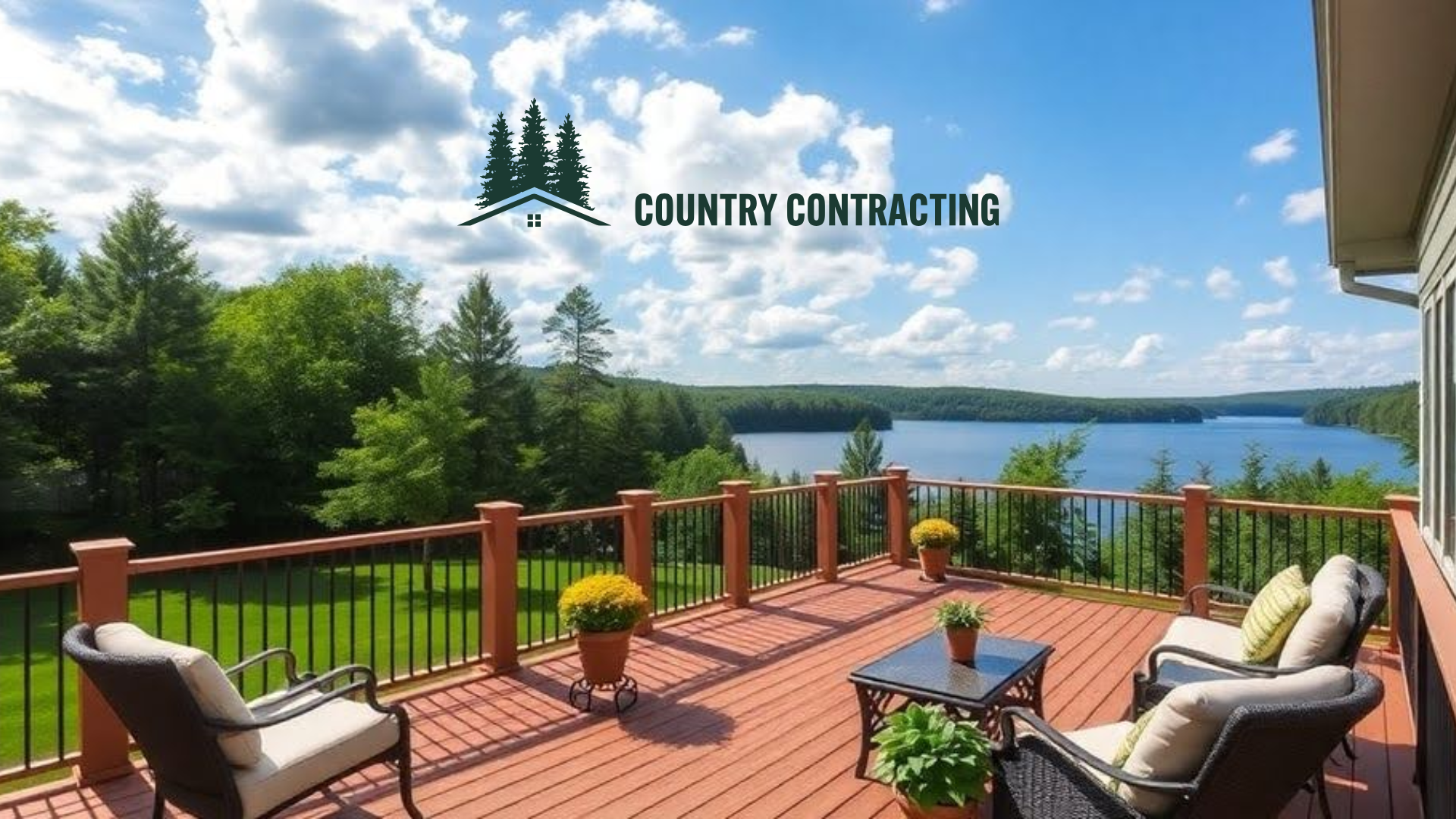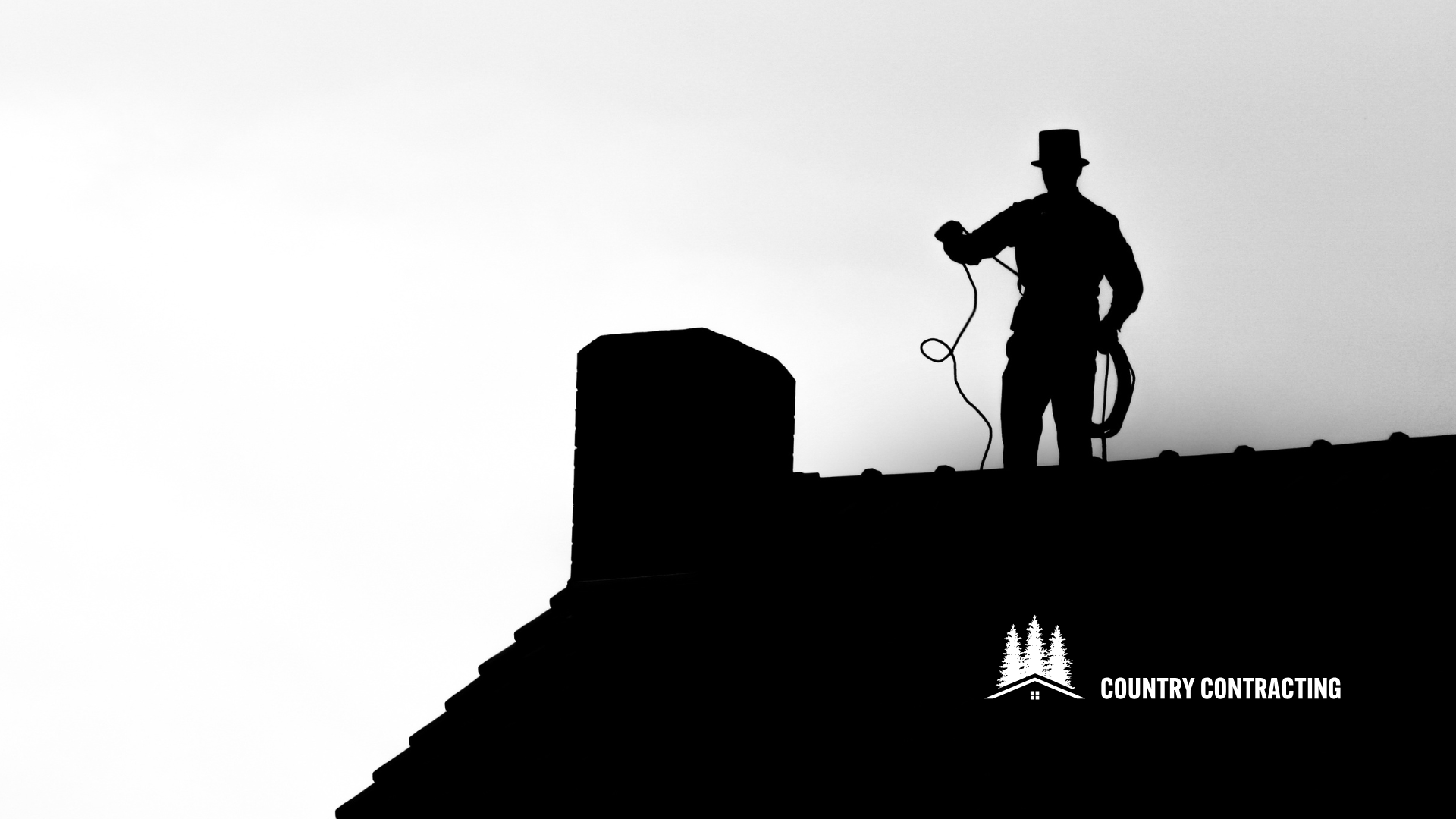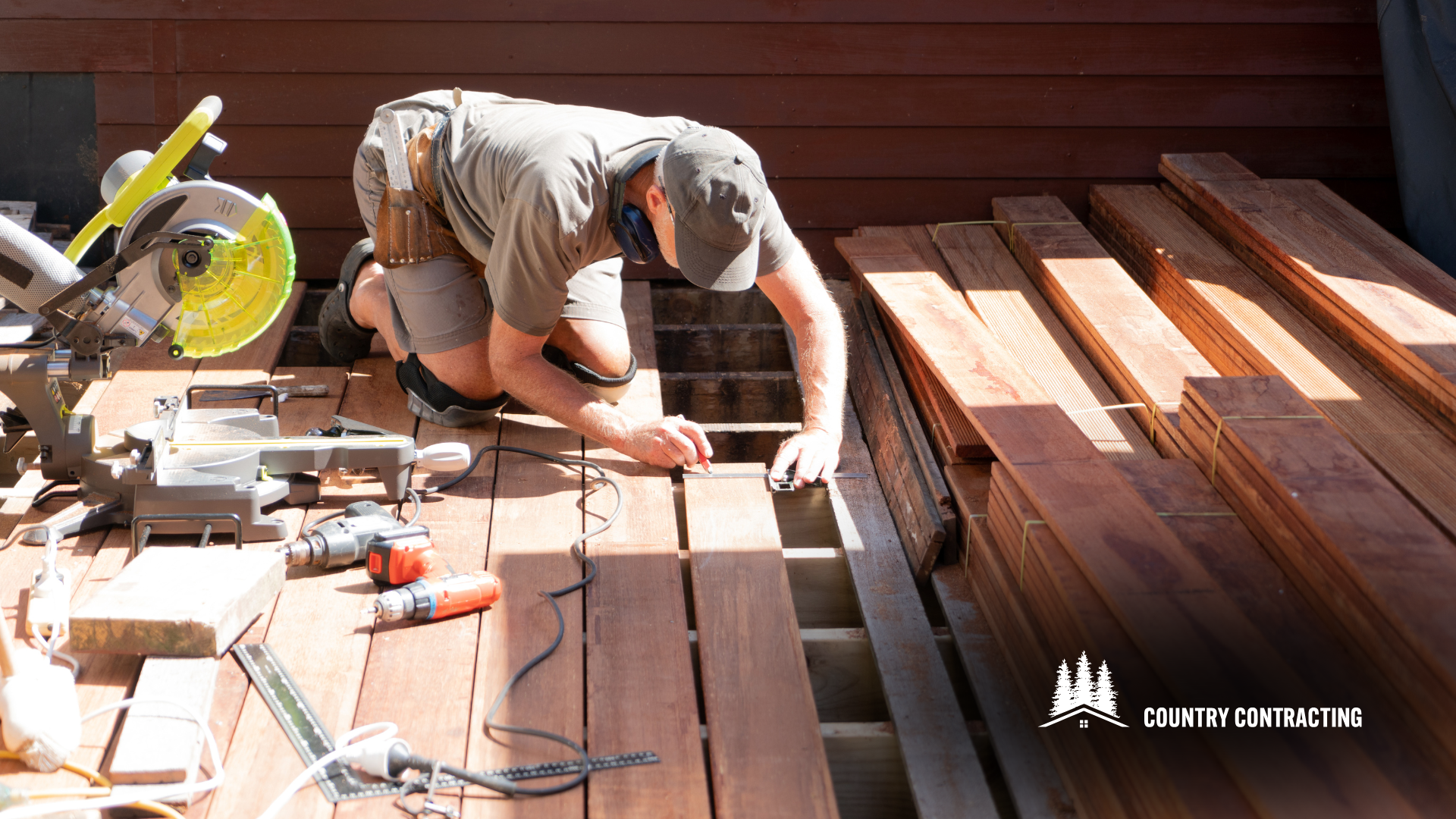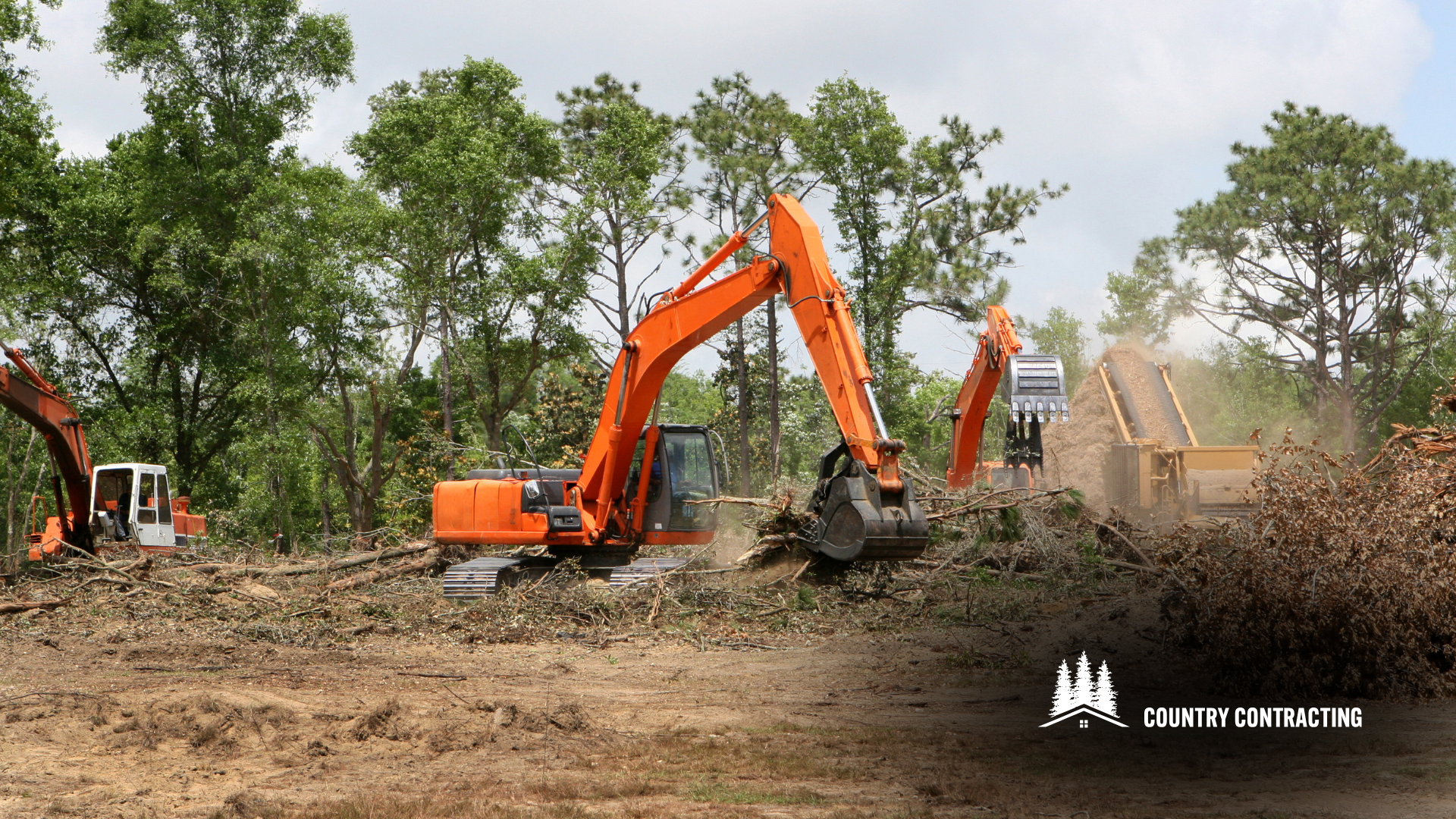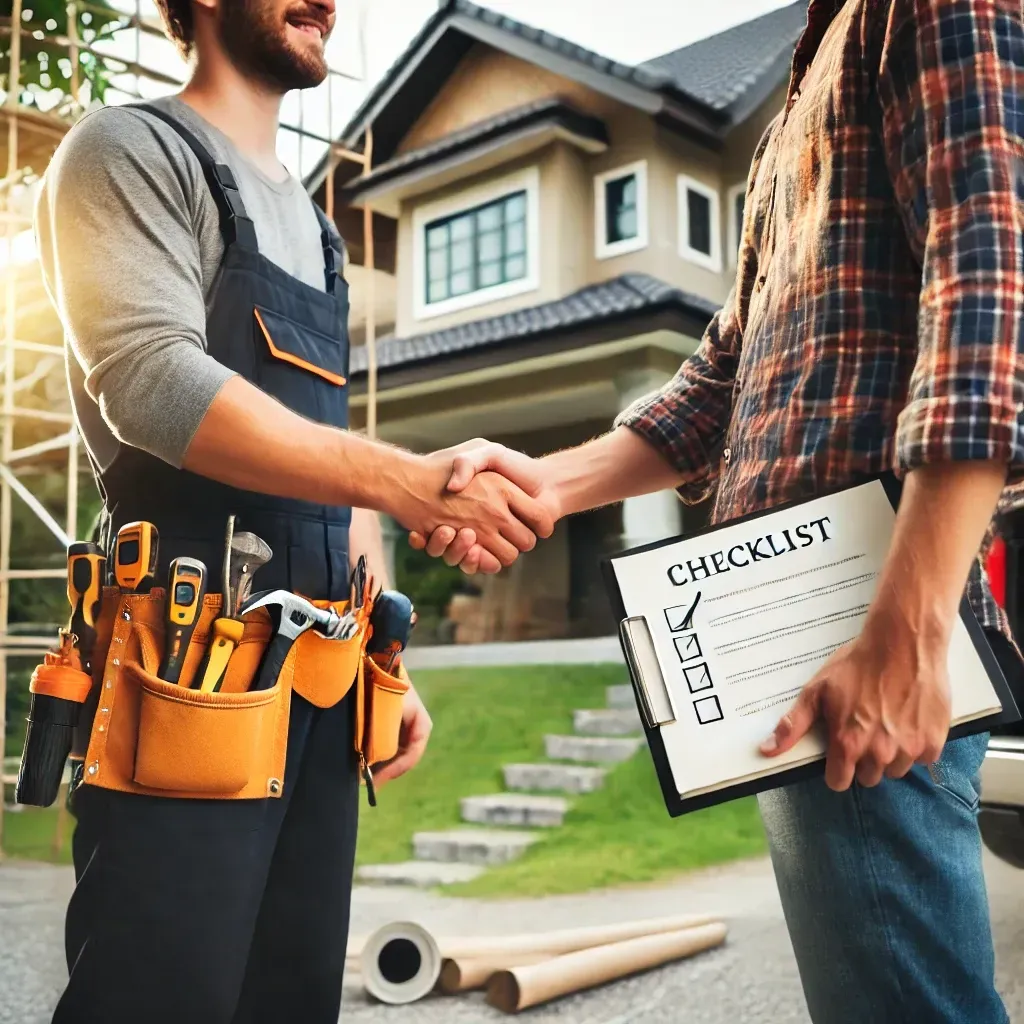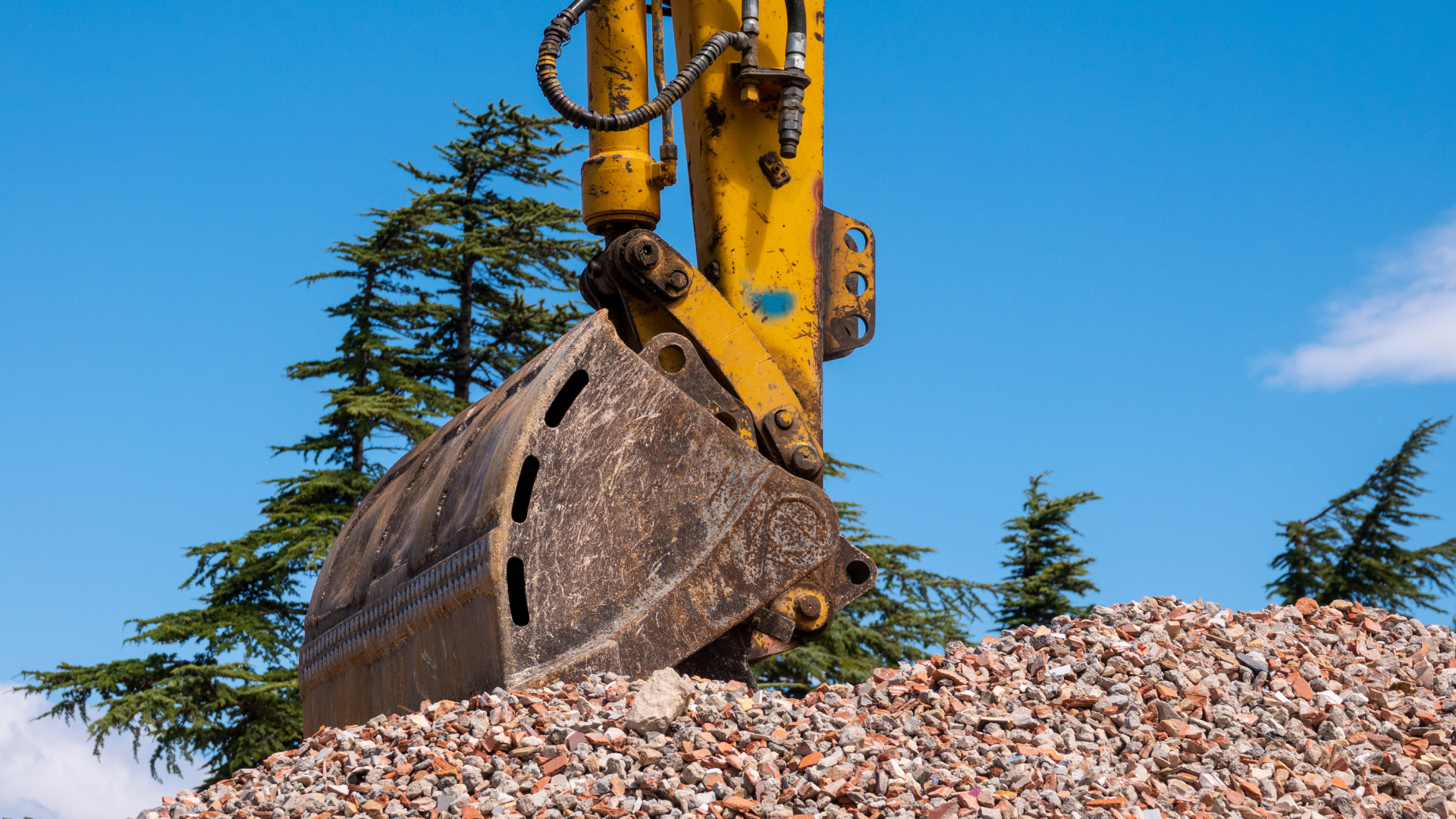CALL FOR A FREE QUOTE TODAY! (705) 457 - 6411
How Long Does Vinyl Siding Last?
Understanding the Lifespan of Vinyl Siding
Factors Influencing Durability
The durability of vinyl siding is influenced by several factors including the quality of the material, the local climate, and the level of maintenance it receives. Key factors include:
- Material quality: Higher quality vinyl can resist weathering and UV damage better.
- Installation quality: Properly installed siding can last much longer.
- Environmental conditions: Extreme temperatures and exposure to sunlight can affect lifespan.
Average Lifespan Estimates
Vinyl siding typically offers a lifespan of 20 to 40 years, but this can vary based on the factors mentioned above. The average lifespan serves as a general guideline, but individual experiences can differ significantly due to variations in installation quality and maintenance routines.
Comparison with Other Siding Materials
When compared to other siding materials like wood or aluminum, vinyl siding often presents a cost-effective and durable option. It requires less maintenance than wood and is generally more resistant to moisture and pest damage than other materials. However, it may not offer the same aesthetic appeal or natural look as some alternatives.
Installation Impact on Vinyl Siding Longevity
Proper Installation Techniques
To ensure the longevity of vinyl siding, follow specific installation techniques. Start by ensuring the wall surface is clean, dry, and smooth. Use high-quality fasteners and allow for slight movement in the panels to accommodate temperature changes. Properly overlapping the panels will prevent water infiltration and potential damage.
Common Installation Mistakes
Avoiding common installation mistakes can significantly extend the life of vinyl siding. Do not fasten the siding too tightly or fail to account for expansion and contraction. Improperly installed flashing or lack of a water-resistive barrier can lead to moisture problems, undermining the siding’s durability.
Choosing the Right Contractor
Selecting a skilled contractor is essential for proper vinyl siding installation. Look for Haliburton contractors with certifications and good reviews. Ensure they have experience specifically with vinyl siding to avoid potential issues and ensure a professional finish.
Maintenance Tips for Extending Vinyl Siding Life
Routine Cleaning Practices
To maintain the aesthetic and functional integrity of vinyl siding, regular cleaning is essential. Use a mild soap and water solution for general cleaning, applying it with a soft brush or cloth. For tougher stains, a specialized vinyl siding cleaner may be necessary. Always rinse the siding thoroughly with a garden hose after cleaning to remove any residue.
Seasonal Maintenance Advice
Each season brings its own challenges for maintaining vinyl siding. In spring and fall, check for and clear any debris or buildup in the siding's grooves. Winter requires checking for ice damming, and summer calls for inspections after storms. Regular inspections can prevent minor issues from becoming major problems.
When to Seek Professional Help
There are times when professional help is necessary to maintain vinyl siding. If you notice extensive staining, mold growth, or damage that seems beyond simple DIY repairs, it's advisable to consult a professional. They can provide deep cleaning services or repair work that might be too complex for typical home maintenance.
Environmental Effects on Vinyl Siding
Impact of Weather Conditions
Vinyl siding is designed to withstand various weather conditions, from intense heat to freezing cold. However, extreme weather can accelerate wear and tear. Regular inspections after severe weather events can help mitigate long-term damage.
Sun Exposure and UV Damage
Prolonged exposure to sunlight can cause vinyl siding to fade and become brittle over time. To combat this, choosing siding with UV-resistant coatings can be beneficial.
Dealing with Moisture and Mold
Moisture can be a significant threat to vinyl siding, leading to mold and mildew growth. Ensuring proper installation and maintaining good ventilation are crucial steps to prevent moisture buildup.
Signs of Aging in Vinyl Siding
Color Fading and Discoloration
Over time, vinyl siding can lose its vibrant color, appearing dull or uneven. This is often due to prolonged exposure to sunlight and the elements. Regular maintenance can help mitigate some fading, but discoloration is a common sign of aging in vinyl siding.
Cracks and Warping
Widespread cracking, warping, or buckling of the siding panels is a clear indicator of material degradation. These defects usually result from thermal expansion, UV damage, or poor installation practices. It's crucial to address these issues promptly to prevent further damage.
Loose or Missing Panels
- Loose panels can occur due to improper installation or damage from severe weather.
- Missing panels are often the result of strong winds or physical impacts.
Ensuring that your siding is correctly installed and regularly inspected can help in preventing these issues and extending the lifespan of your vinyl siding.
Repair or Replace: Making the Right Decision
Assessing the Damage
Before making a decision, it's crucial to assess the extent of damage to your vinyl siding. Look for signs such as cracks, warping, or discoloration. A thorough assessment helps in determining whether a repair will suffice or if a full replacement is necessary.
Cost Comparison
When considering repair or replacement, cost is a significant factor. List the expenses associated with both options:
- Repair costs (materials, labor)
- Replacement costs (new siding, installation)
Comparing these can guide you towards a more cost-effective decision.
Long-Term Considerations
Think about the long-term implications of your choice. Repairing may be less expensive now, but replacing might offer more durability and less maintenance down the line. Consider the impact on your home’s value and the potential for future issues.
Choosing the right approach can significantly affect the longevity and performance of your home's siding.
Innovations in Vinyl Siding Technology
Recent Advances
The evolution of vinyl siding technology has been significant over the past decades. Advancements have been made to enhance its durability, appearance, and energy efficiency. These improvements include better UV resistance, increased impact resistance, and a broader range of aesthetic options.
Future Trends
Looking ahead, the future of vinyl siding includes promising developments. Innovations such as thermal insulation capabilities and integrated solar panels are expected to become more prevalent. These trends aim to make vinyl siding not only more durable but also more energy-efficient.
Impact on Longevity and Performance
The recent advances in technology have had a profound impact on the longevity and performance of vinyl siding. Enhanced materials and manufacturing techniques have significantly extended the life expectancy of vinyl siding, making it a more appealing choice for homeowners and siding contractors alike.
Frequently Asked Questions
What are the main factors that affect the durability of vinyl siding?
The durability of vinyl siding is influenced by several factors including the quality of the material, the installation process, exposure to environmental conditions like UV rays and extreme weather, and the level of maintenance it receives.
How long does vinyl siding typically last?
Vinyl siding generally lasts between 20 to 40 years. However, with proper installation and maintenance, it can last even longer.
How does vinyl siding compare to other siding materials in terms of longevity?
Vinyl siding often lasts longer than wood siding but may have a shorter lifespan compared to fiber cement or brick siding. Each material has its own strengths and weaknesses in terms of durability, maintenance needs, and aesthetic appeal.
What are some common mistakes made during the installation of vinyl siding that can affect its longevity?
Common installation mistakes that can impact the longevity of vinyl siding include improper nailing, failure to allow for expansion and contraction, and inadequate preparation of the underlying surface.
What routine maintenance can help extend the life of vinyl siding?
Routine maintenance such as regular cleaning to remove dirt, mold, and mildew, checking for cracks or loose panels, and ensuring that gutters and downspouts are functioning properly can significantly extend the life of vinyl siding.
When should vinyl siding be replaced rather than repaired?
Vinyl siding should be replaced if there are widespread issues such as severe cracking, warping, or discoloration that affect both the appearance and functionality of the siding. Minor issues, however, can often be repaired.
CONTACT US
AREA SERVED
HALIBURTON AND SURROUNDING AREA
NAVIGATION LINKS
EMAIL US
Copyright © 2024 Country Contracting and Construction - All Rights Reserved.
